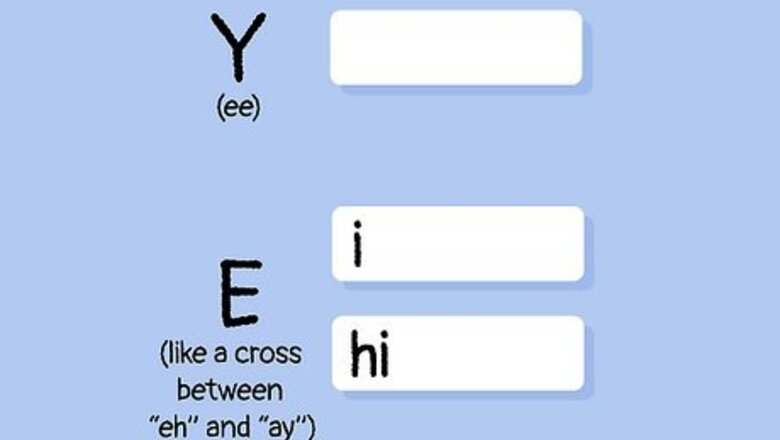
views
- Y is the Spanish word for “and.” It changes to e when it comes before a word starting with “i” or “hi.”
- The word y is pronounced like a short “ee” sound. The word e sounds like a cross between the English “eh” and “ay” sounds.
- As a letter, “Y” is called ye. It makes an “ee” sound as a vowel at the end of words, or a soft “j” sound as a consonant in the beginning or middle of words.
Pronouncing the Word Y
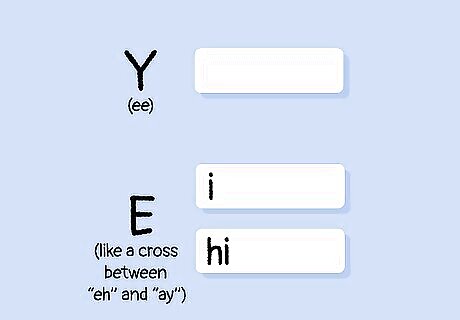
"Y" is pronounced like the English sound “ee.” The sound is typically short and often elides into the beginning of the following word. When y changes to e before words starting with “i” or “hi” (which are also pronounced “ee”), the word e is pronounced like a cross between the English sounds “eh” and “ay.” When native Spanish-speakers speak Spanish, most words flow into each other very fluidly. Y changes to e to help differentiate “i” or “hi” words for listeners (like how the English word “a” becomes “an” before words that start with vowel sounds).
Pronouncing the Letter “Y” in Spanish Words
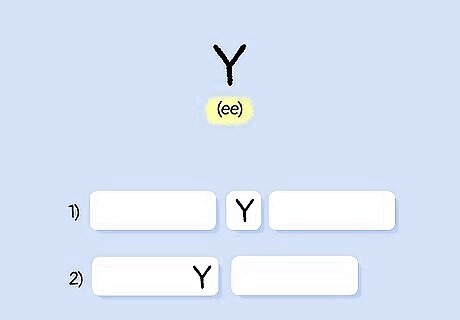
As a vowel, the letter “Y” sounds like the English sound “ee.” The letter “Y” is a vowel when it’s by itself in the word y (“and”), or when it comes at the end of a word (typically preceded by other vowels), like in hoy (“today”). Make the “ee” sound short. To sound fluent in Spanish, keep your lips slightly open with the front part of your tongue close to your hard palate.
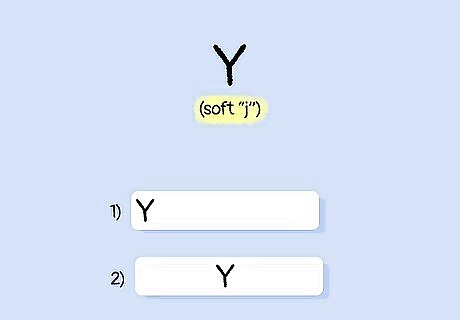
As a consonant, the letter “Y” makes a soft “j” sound. It’s pronounced like a cross between “jay” and “chay.” The letter “Y” is a consonant when it appears at the beginning of a word, like in ya (“already”), or in the middle of a word (usually between 2 vowels) like in payaso (“clown”). In Argentina and Uruguay, “y” is pronounced like the English sound “sh” when it’s a consonant. These countries have large populations that speak a dialect called River Plate Spanish (español rioplatense).
Meaning of the Word Y
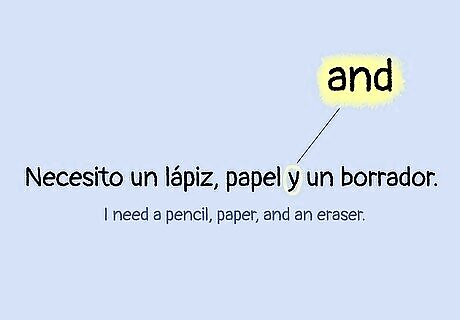
"Y" means “and” in Spanish. It’s a conjunction that joins words or clauses together, just like in English. When y comes at the end of a list of more than 2 things, there is no comma placed after the second-to-last item (AKA, there’s no Oxford comma in the Spanish language unless it’s needed for clarity). For example: Me gusta manzanas y naranjas (“I like apples and oranges”) Necesito un lápiz, papel y un borrador (“I need a pencil, paper, and an eraser”) Y becomes e when it precedes a word starting with “i” or “hi.” For example: Tengo hijas e hijos (“I have daughters and sons”) Hoy vamos a desayuno e iglesia (“Today we’re going out to breakfast and church”)
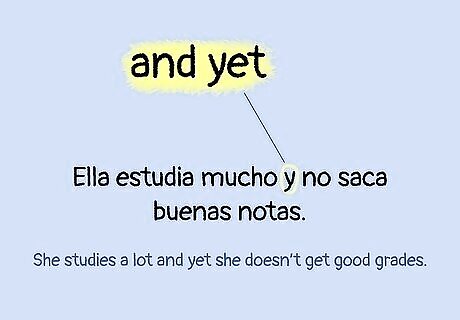
"Y" can also mean “and yet” or “and still” for dramatic or poetic effect. When y is between 2 contrasting ideas, it can be used along the lines of “and yet” to show passion, surprise, or eloquence. There’s no direct translation or exact rule for this turn of phrase, so context or spoken emphasis separate this from a regular “and.” For example: Ella estudia mucho y no saca buenas notas (“She studies a lot and yet she doesn’t get good grades”) Trabajé allí durante años y nunca obtuve un ascenso (“I worked there for years and still never got a promotion”)
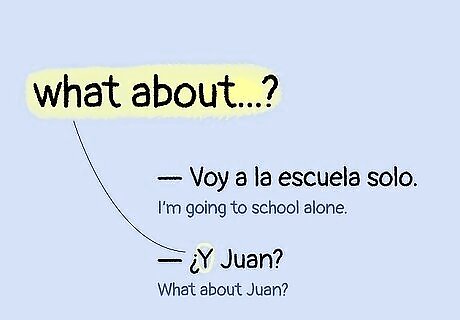
"Y" means “what about” when it’s used at the beginning of a question. Conversationally, y is a quick way to start a followup question. The translation “and” is grammatically correct in these scenarios too, but more often it means something along the lines of “what about,” “where is,” or “what’s up with” based on the previous statement. For example: Person A: Voy a la escuela solo. (“I’m going to school alone.”)Person B: ¿Y Juan? (“What about Juan?”) Person A: Jessica está en la biblioteca. (“Jessica is in the library.”)Person B: ¿Y Yamina? (“Where is Yamina?”)
Name & Pronunciation of the Letter “Y”
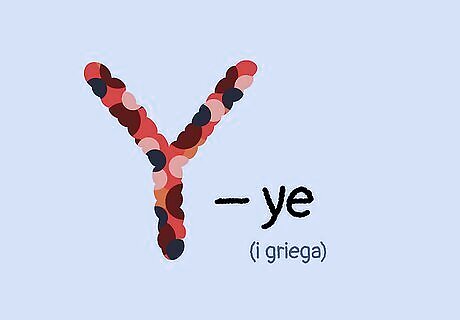
The letter “Y” is called ye in Spanish. This is a modern name for the letter introduced by the Royal Spanish Academy in 2010. It’s pronounced with a soft “j” sound (like a cross between the English sounds “jay” and “chay”). Historically, “Y” was called i griega (“Greek ‘I’”) after the Greek letter ypsilon.



















Comments
0 comment